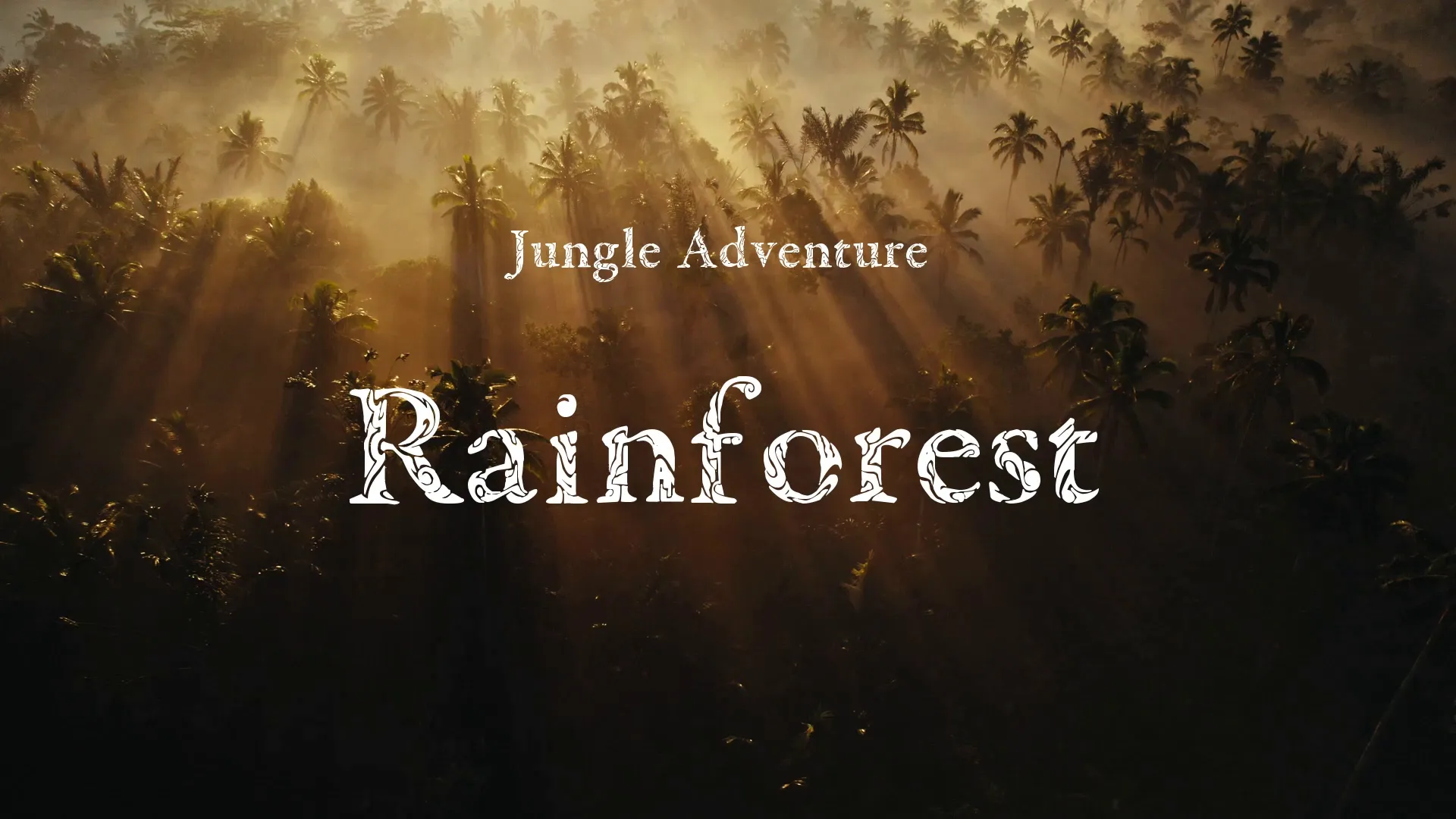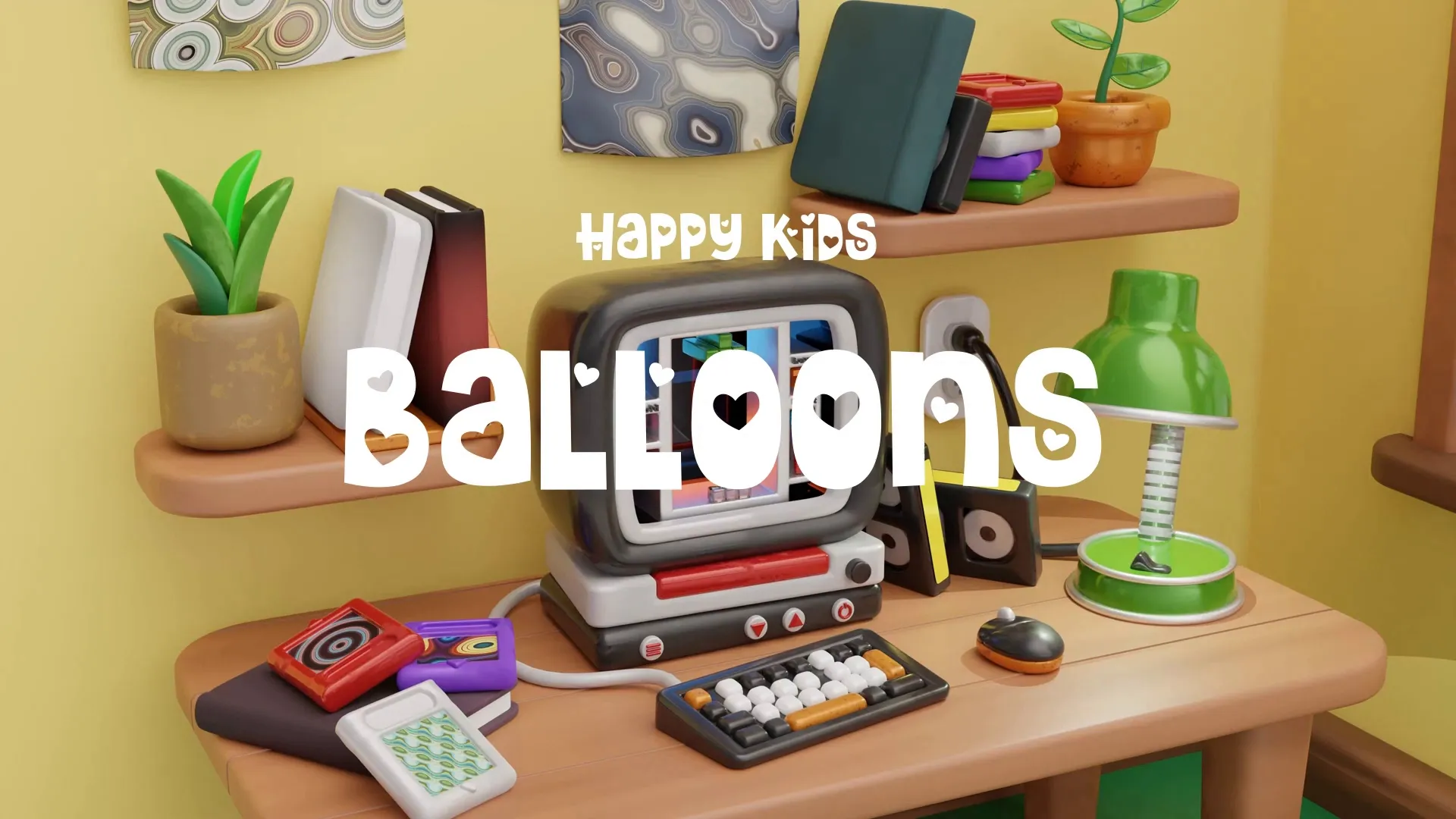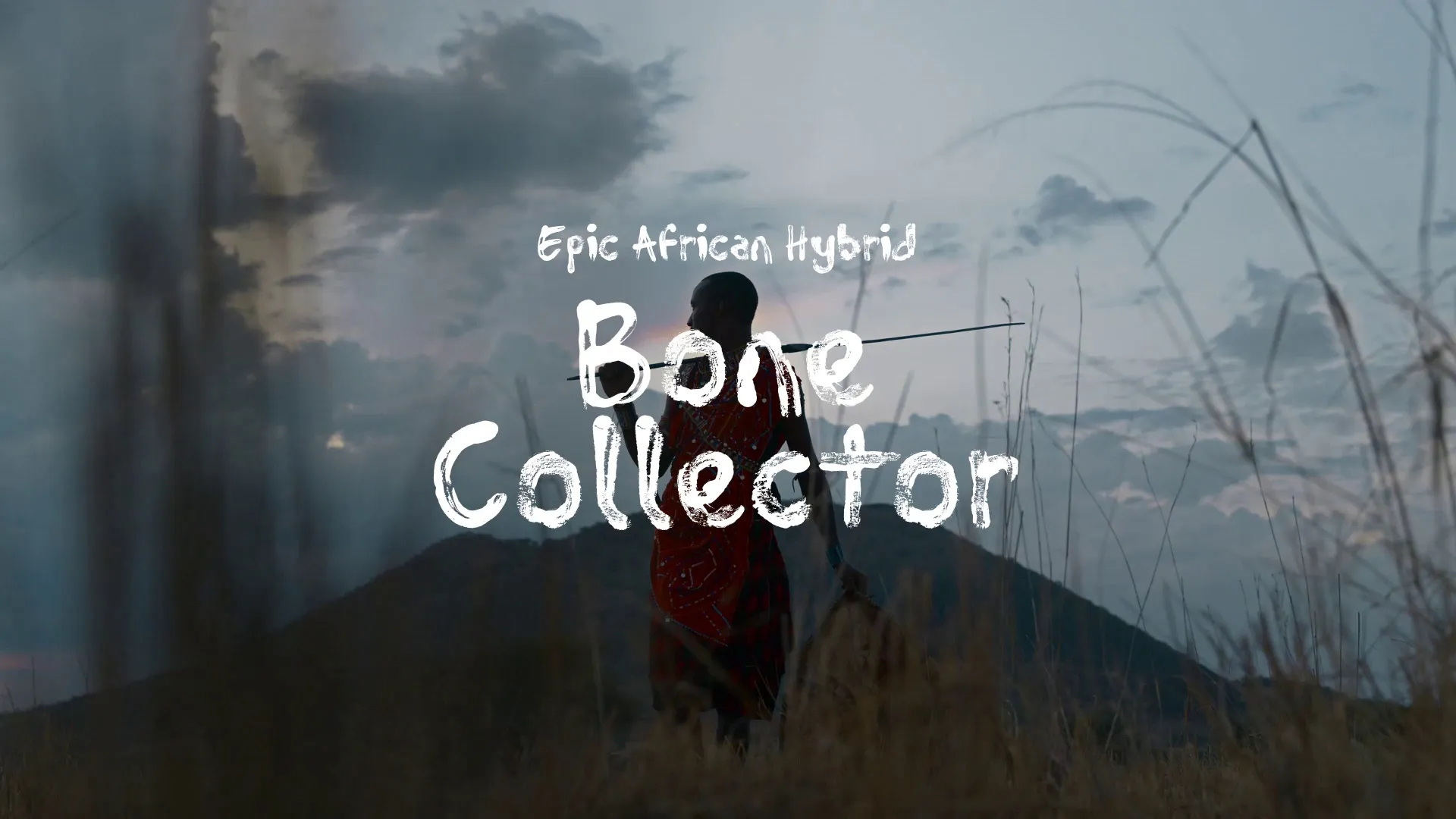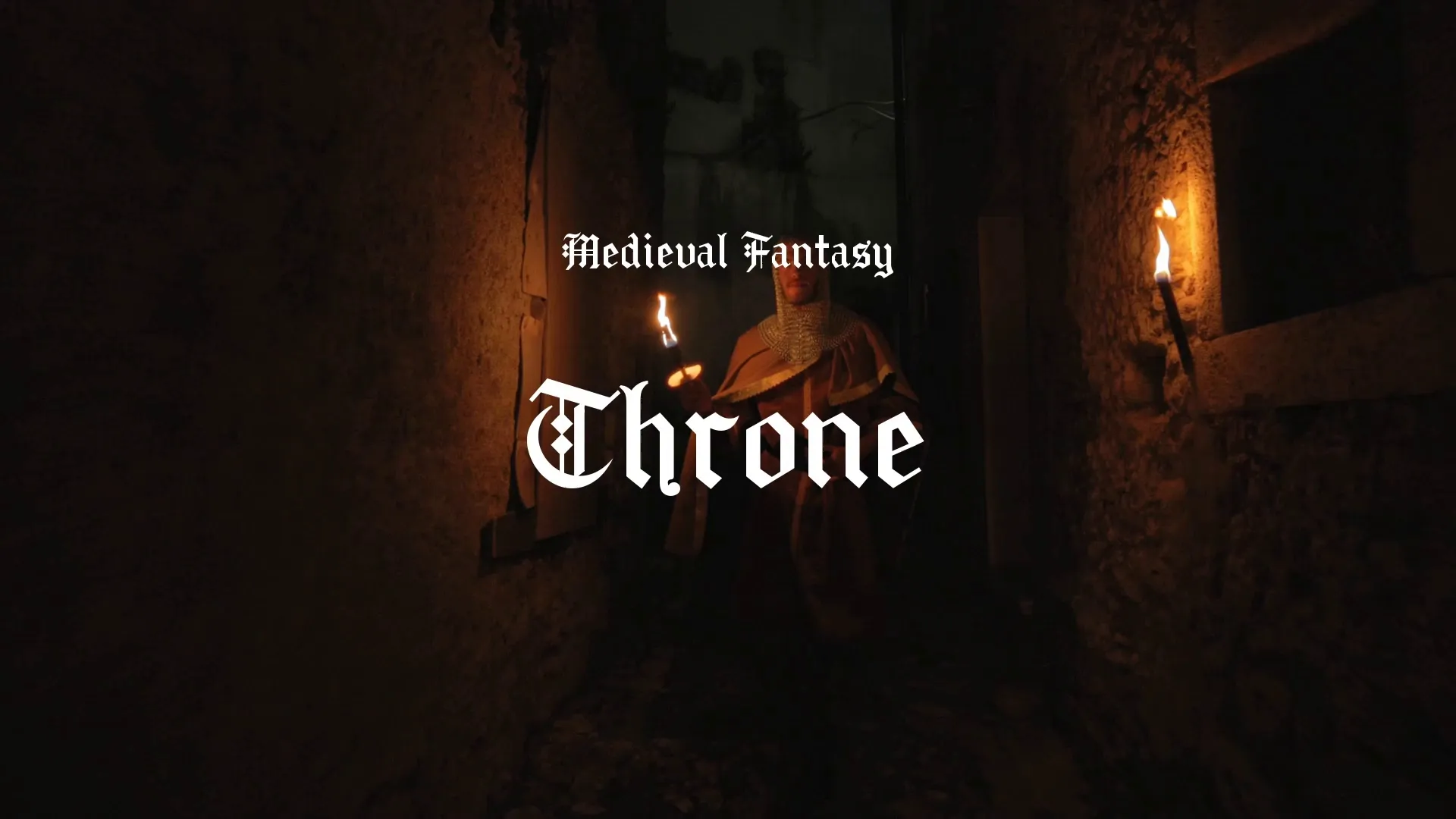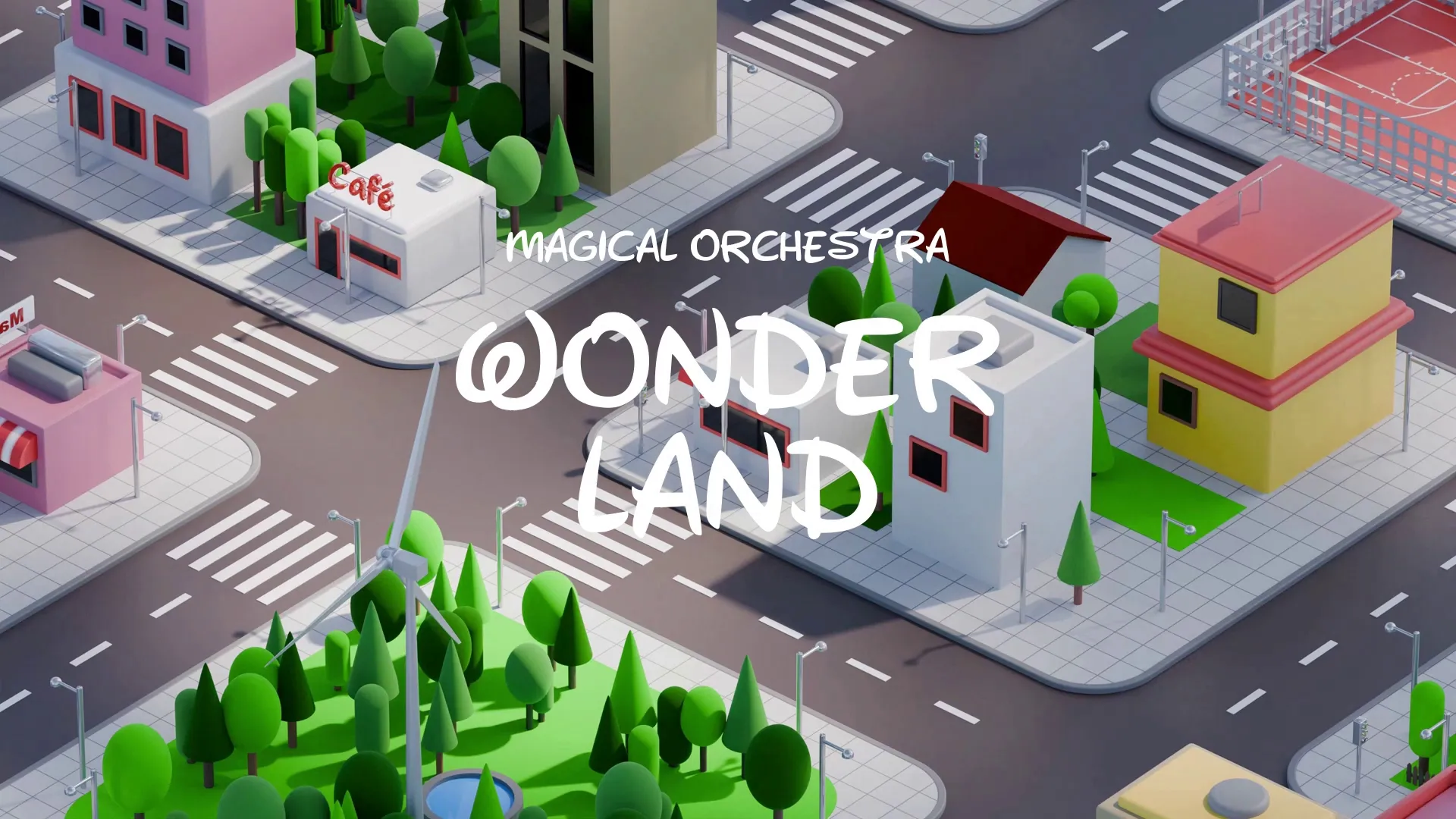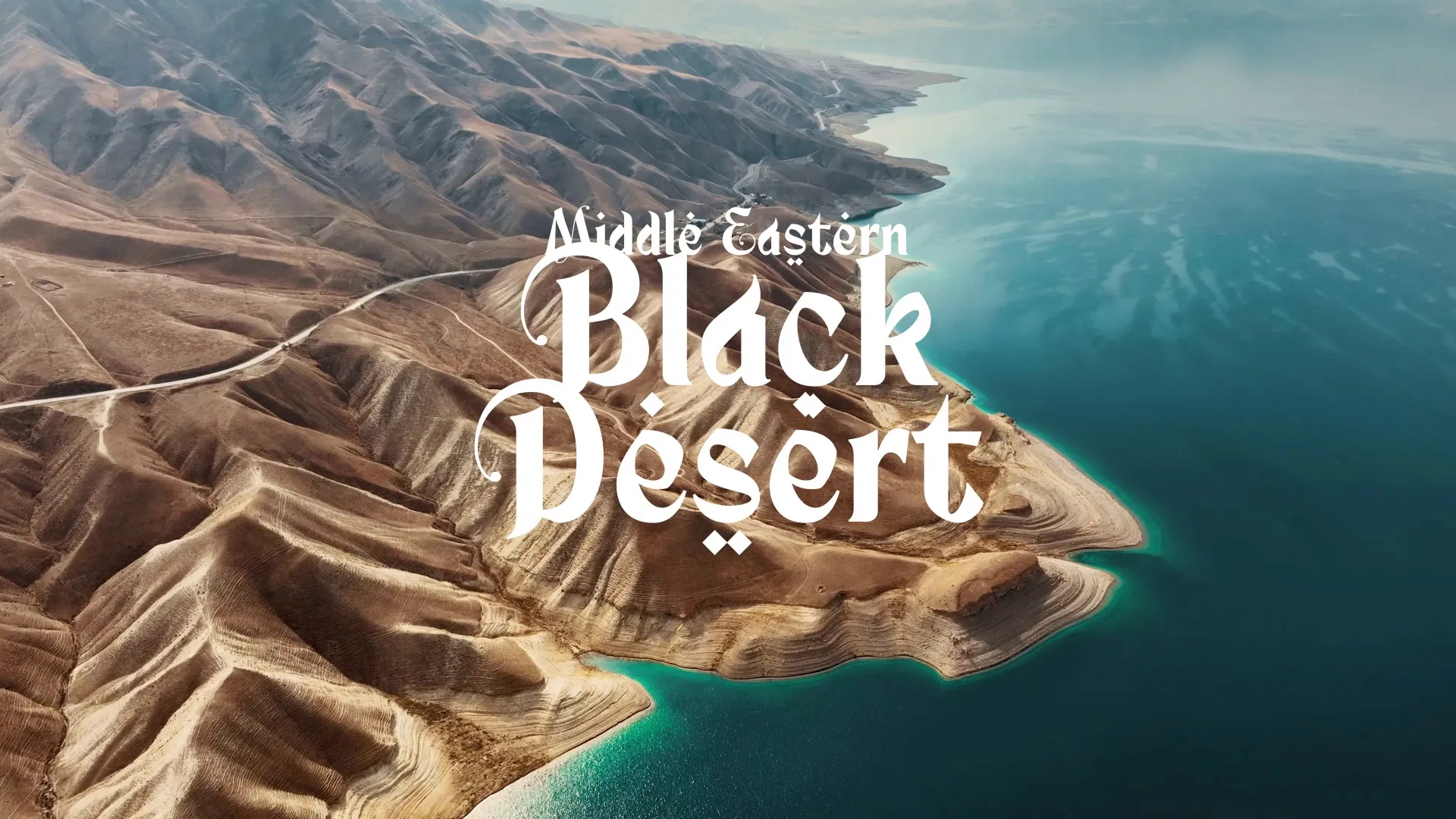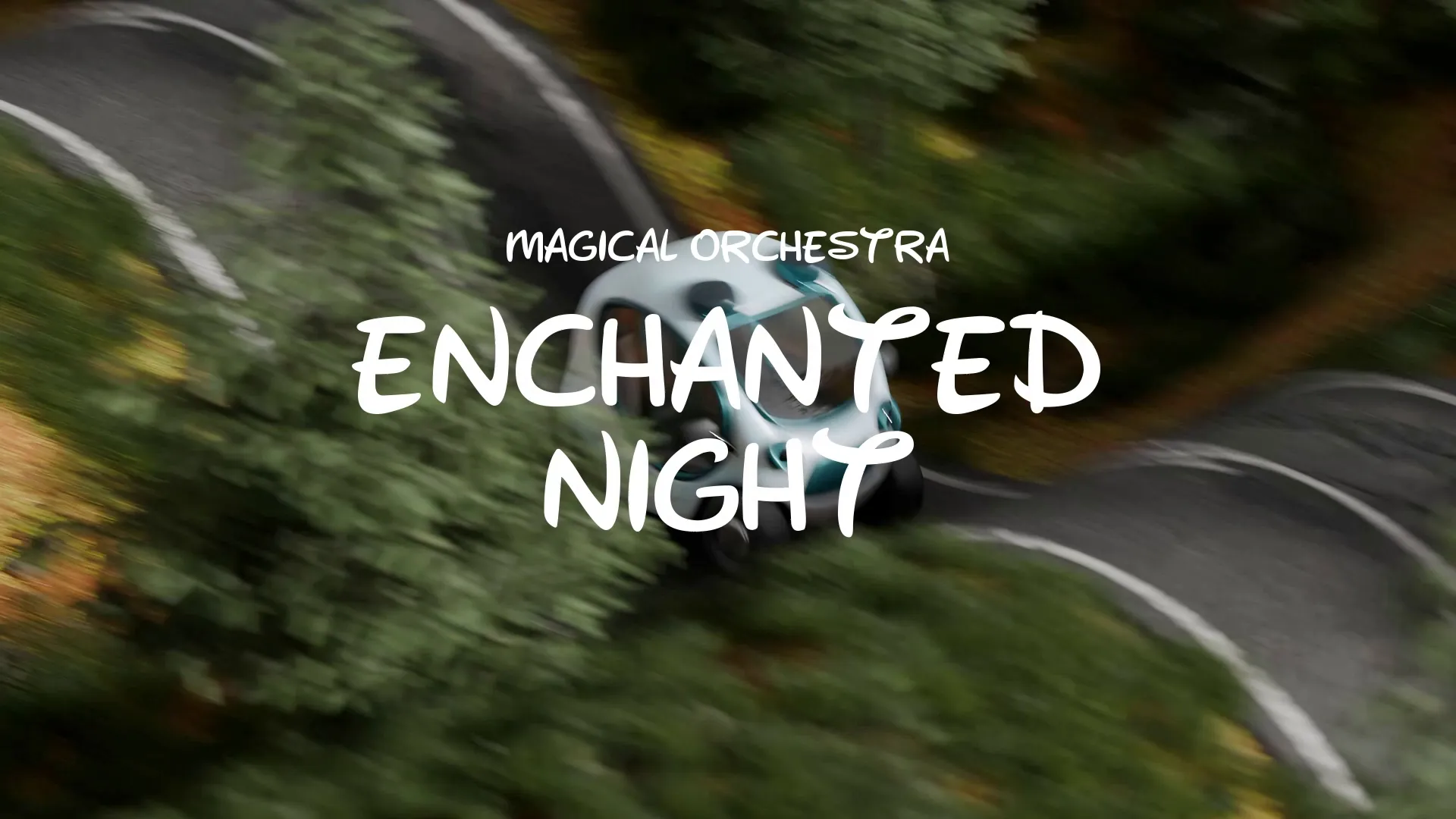Beyond Violence: Engaging Non-Combat Games

Want to sell millions without a single gunshot? Stardew Valley proves it’s possible, selling over 20 million copies by focusing on farming and community. This article explores design principles for creating compelling and successful non-violent games.
Beyond Battles: Defining Non-Violent Gameplay
What makes a game “non-combat?” It’s more than just avoiding violence; it represents a shift to core mechanics like puzzle-solving, exploration, creation, simulation, and social interaction.
Conflict and tension remain vital. Resource management, moral dilemmas, and interpersonal conflicts offer compelling gameplay. Violence isn’t required. These alternative mechanics are vividly illustrated in titles such as Animal Crossing (social simulation, where players build communities and relationships), Myst (puzzle solving, challenging players with intricate environmental puzzles), Firewatch (narrative relationships, focusing on dialogue and character interaction), and Papers, Please (moral simulation, presenting players with difficult ethical choices).
Stories Without Swords: Narrative Innovation
Without violence, narrative design demands more. Stories must be compelling, focusing on character development and relationships.
Environmental storytelling becomes crucial. The world itself should convey meaning. Consider Gone Home. The story unfolds through exploration.
Themes like empathy and cooperation become central. These can be explored through mechanics.
Mechanics That Captivate: Engagement Beyond Combat
Several key mechanics drive engagement in non-combat games.
Puzzle design should offer variety. Scale difficulty appropriately. Integrate puzzles with the narrative. The Witness exemplifies this, challenging players with abstract puzzles that gradually reveal the island’s secrets. The puzzles are seamlessly integrated into the environment, becoming a part of the island’s mystery and lore.
Exploration and discovery reward curiosity. Create a sense of wonder. Subnautica excels at this, immersing players in an alien ocean filled with both beauty and danger. The game encourages exploration by hiding resources and blueprints in remote locations, rewarding players who venture off the beaten path.
Creation and building foster creativity. Provide a sense of ownership. Minecraft and Terraria demonstrate this. Minecraft’s open-ended world allows players to build anything they can imagine, fostering a sense of ownership and accomplishment.
Simulation and management present complex systems. Challenge players to optimize. Cities: Skylines and Stardew Valley are strong examples. Cities: Skylines challenges players to manage resources, infrastructure, and citizen happiness, creating a complex and engaging simulation.
Create a free account, or log in.
Gain access to free articles, game development tools, and game assets.




